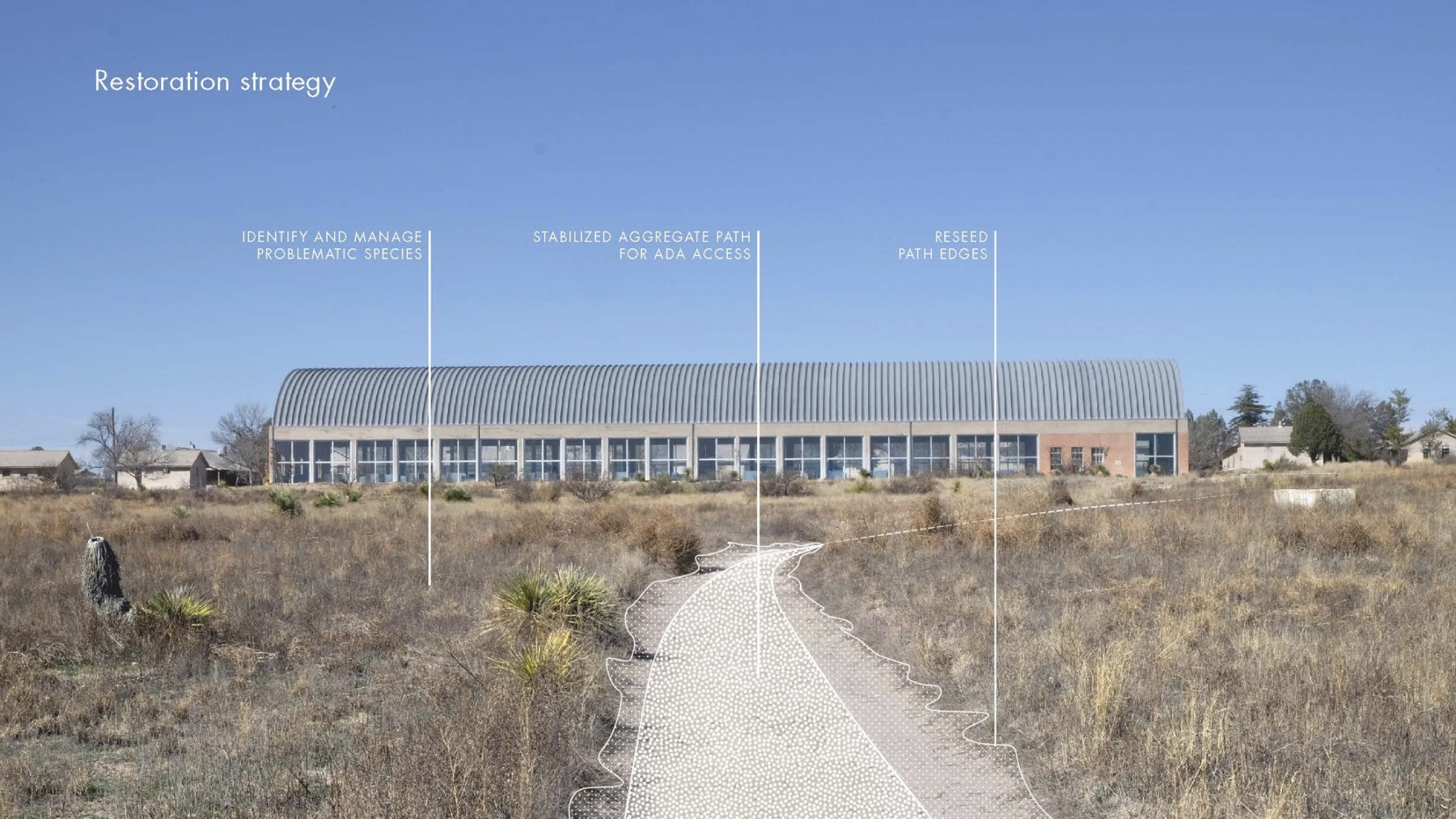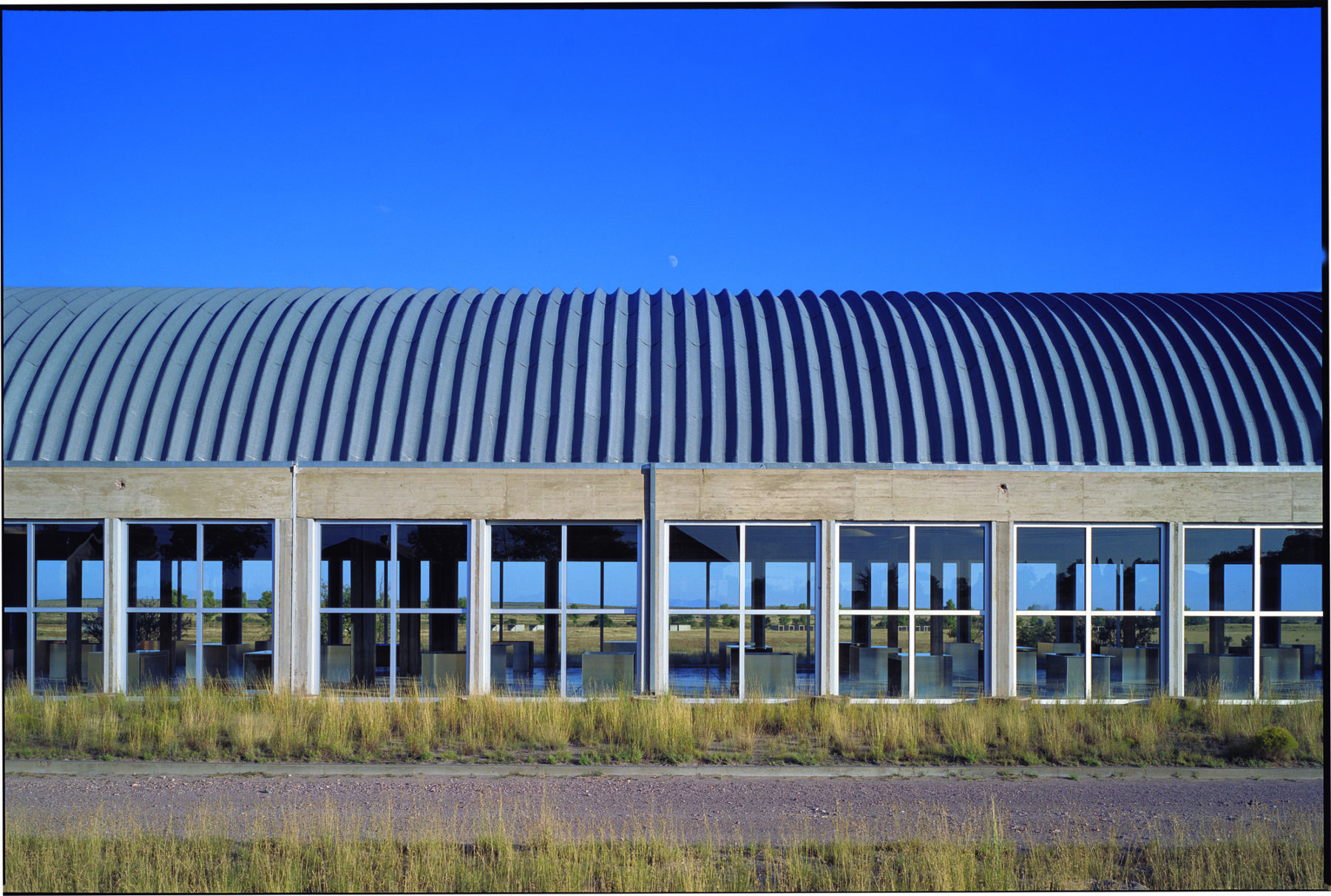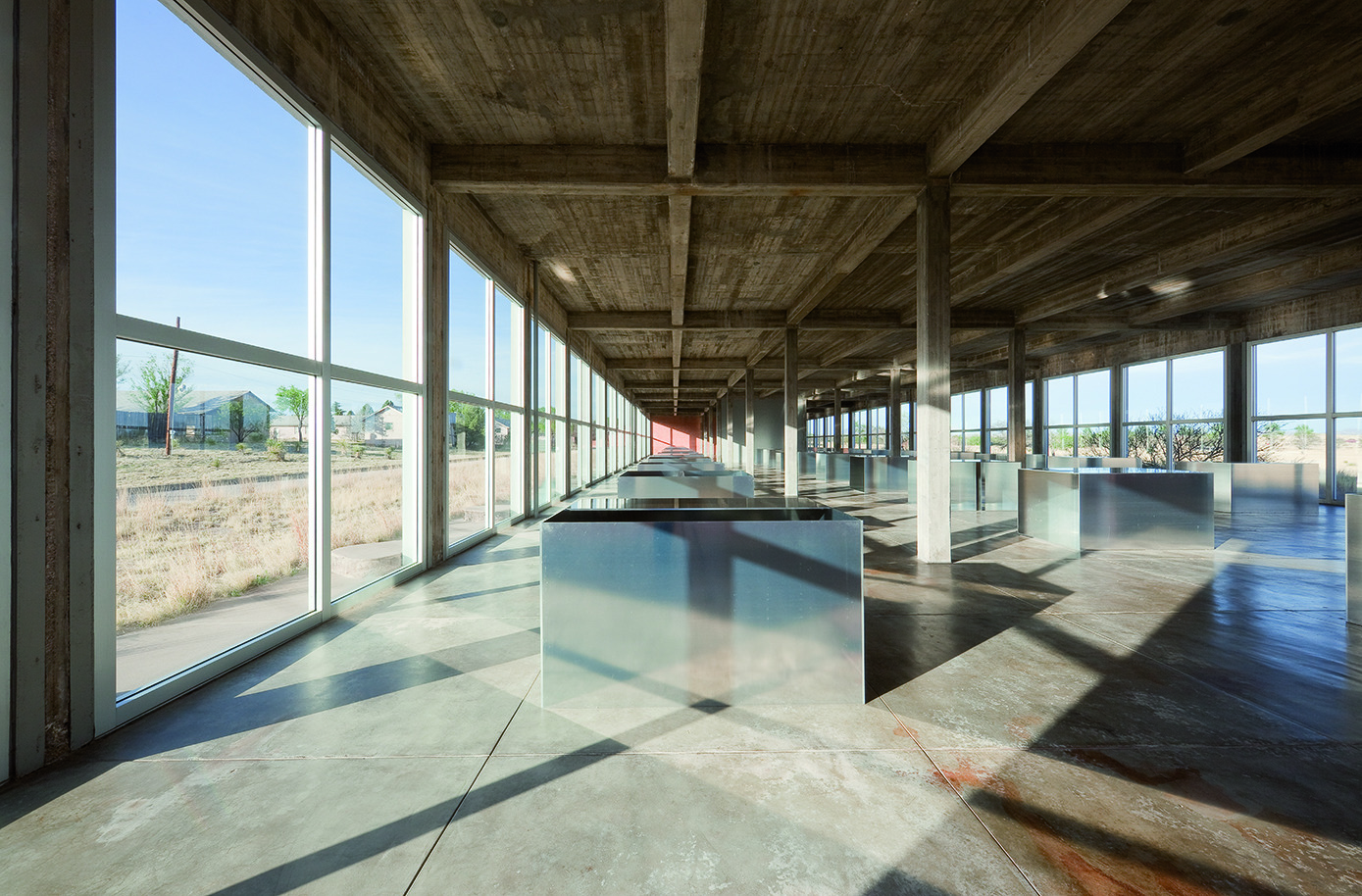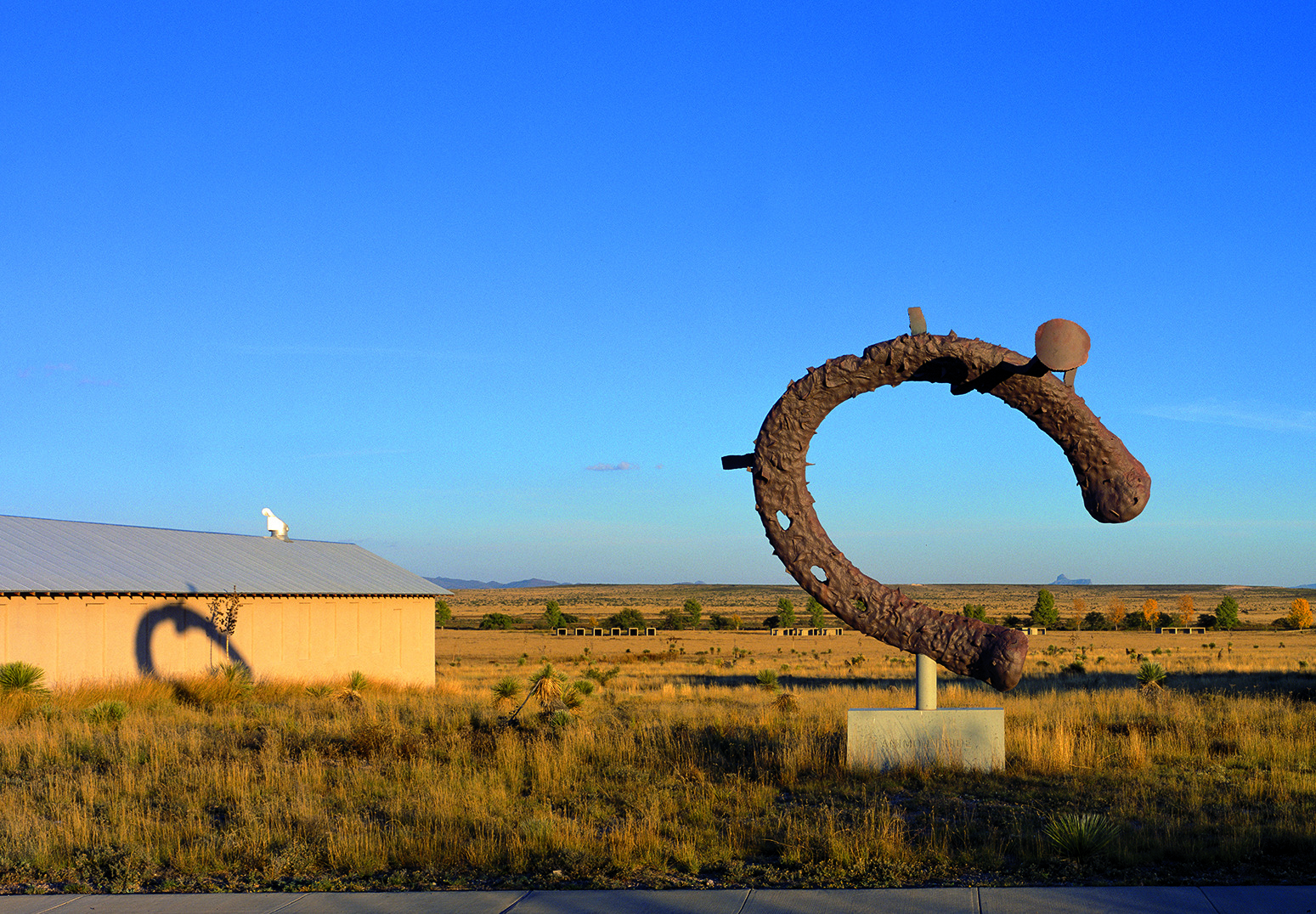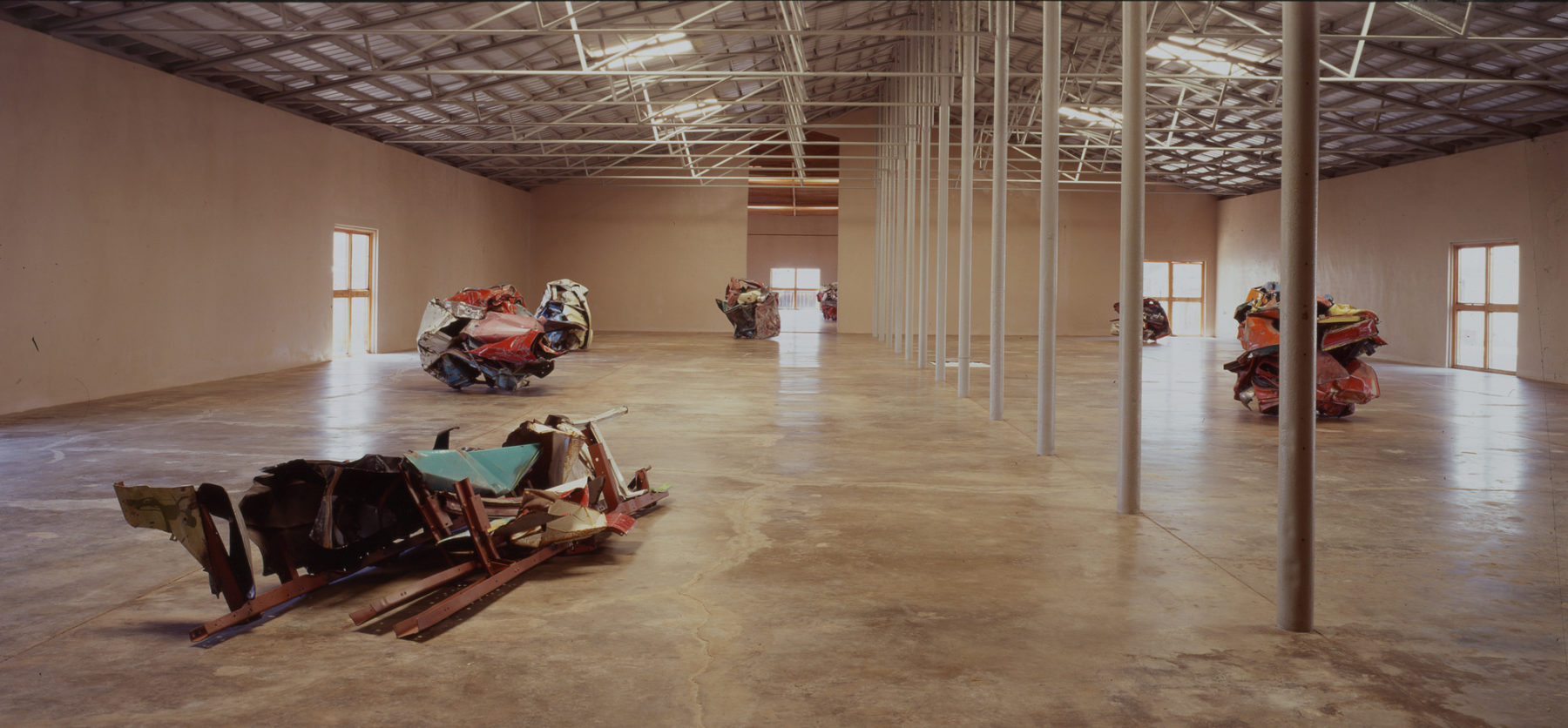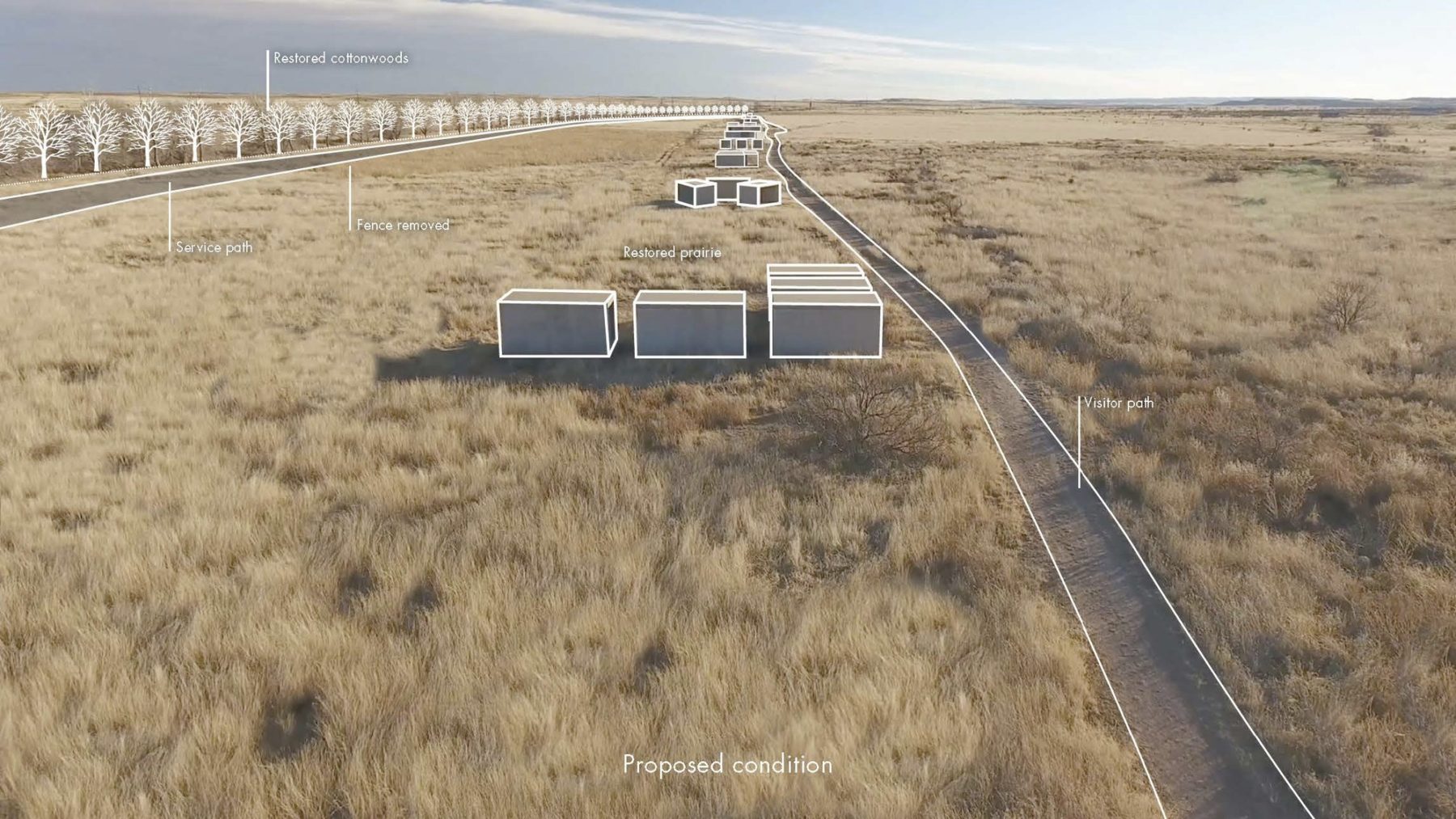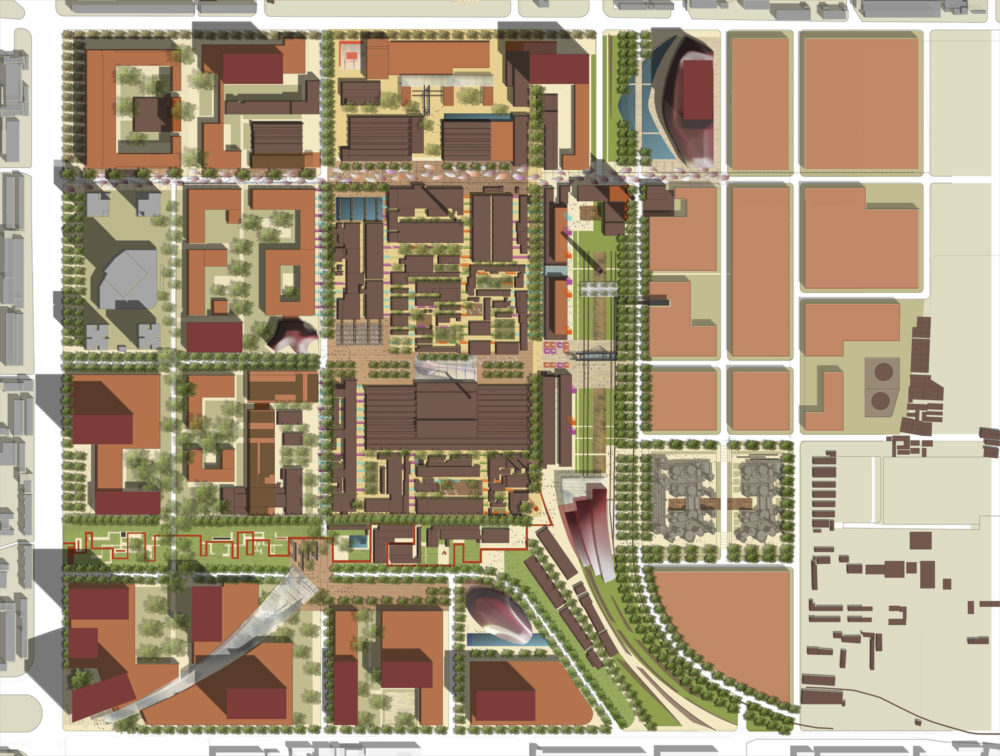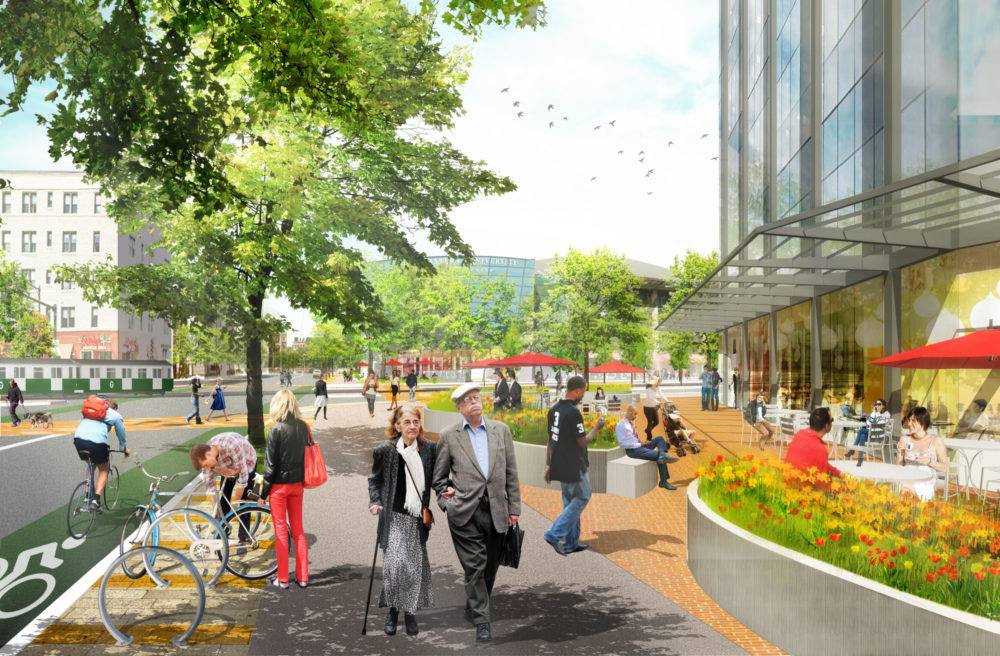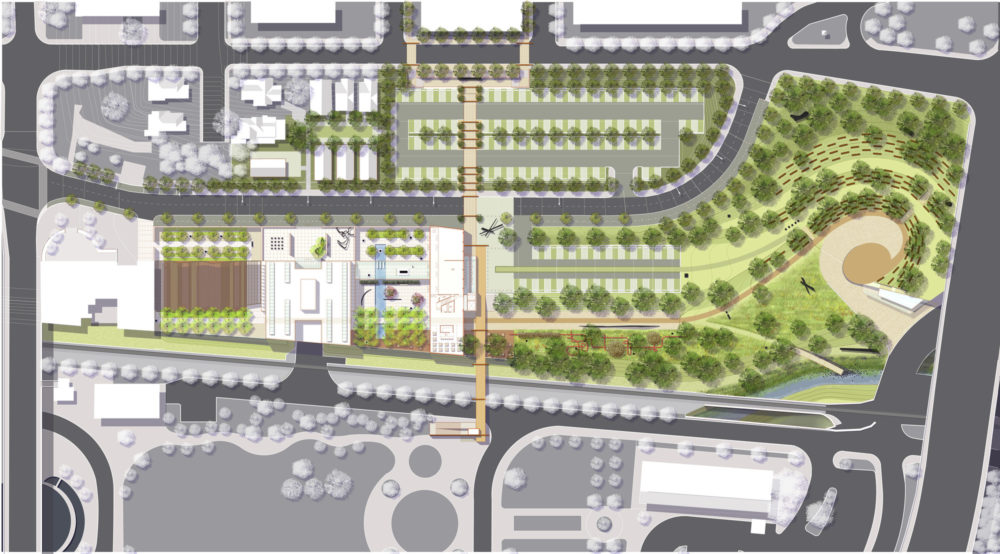The art of planning: reinterpreting the principles of artist Donald Judd to steward the future of the Chinati Foundation's Marfa, Texas campus
Chinati Foundation Master Plan
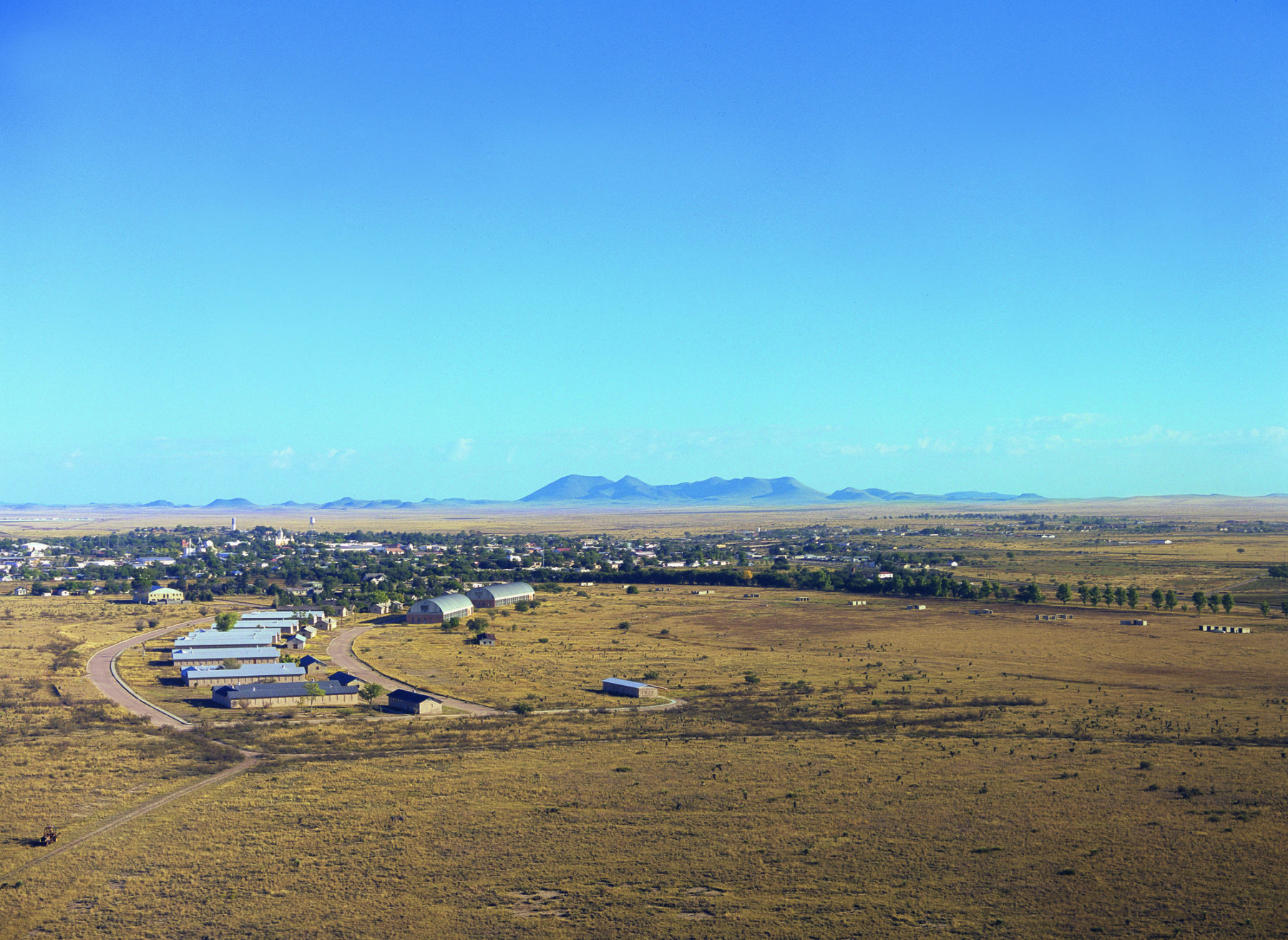
Founded in 1986 by the artist Donald Judd, the Chinati Foundation holds a unique and esteemed place within the contemporary art world. Comprised of over 35 buildings and 350 acres in Marfa, Texas, the Chinati Foundation is dedicated to showing the work of Donald Judd and a select group of artists in a manner that seamlessly blends art, landscape, and architecture.
In 2016, amid unprecedented growth in visitor attendance, Sasaki was selected by Chinati to develop a master plan–the first comprehensive assessment, overview and visioning since Chinati’s founding. The master plan describes Chinati’s past, surveys its present, and establishes practical and philosophical guidelines for its future. It incorporates the protection of the artworks; the preservation of buildings; and stewardship of the land in support of the Foundation’s mission and vision. The master plan provides a way forward that enables Chinati to build on the vision and work of Donald Judd while honoring the principles that first brought him to Marfa.
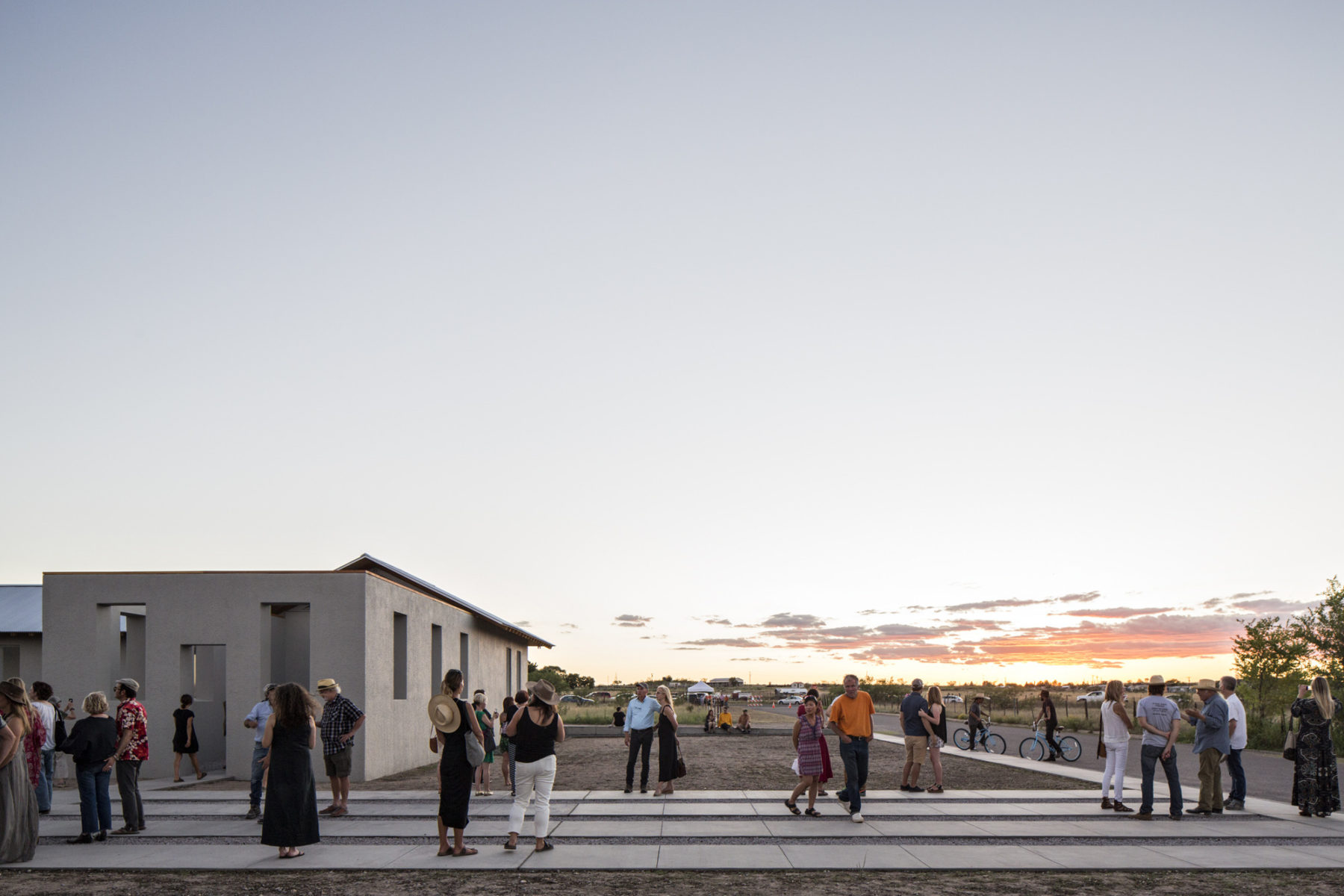
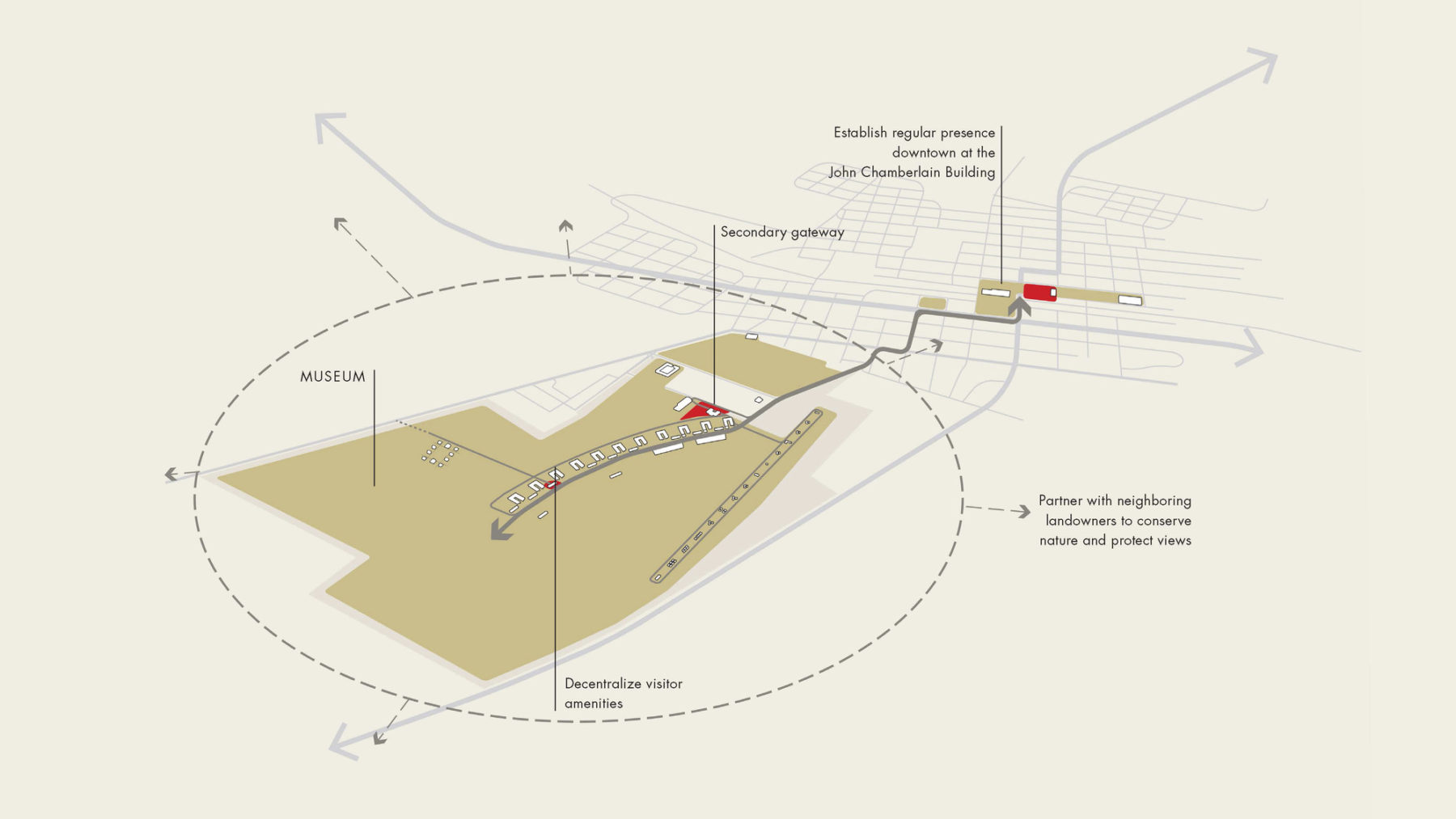
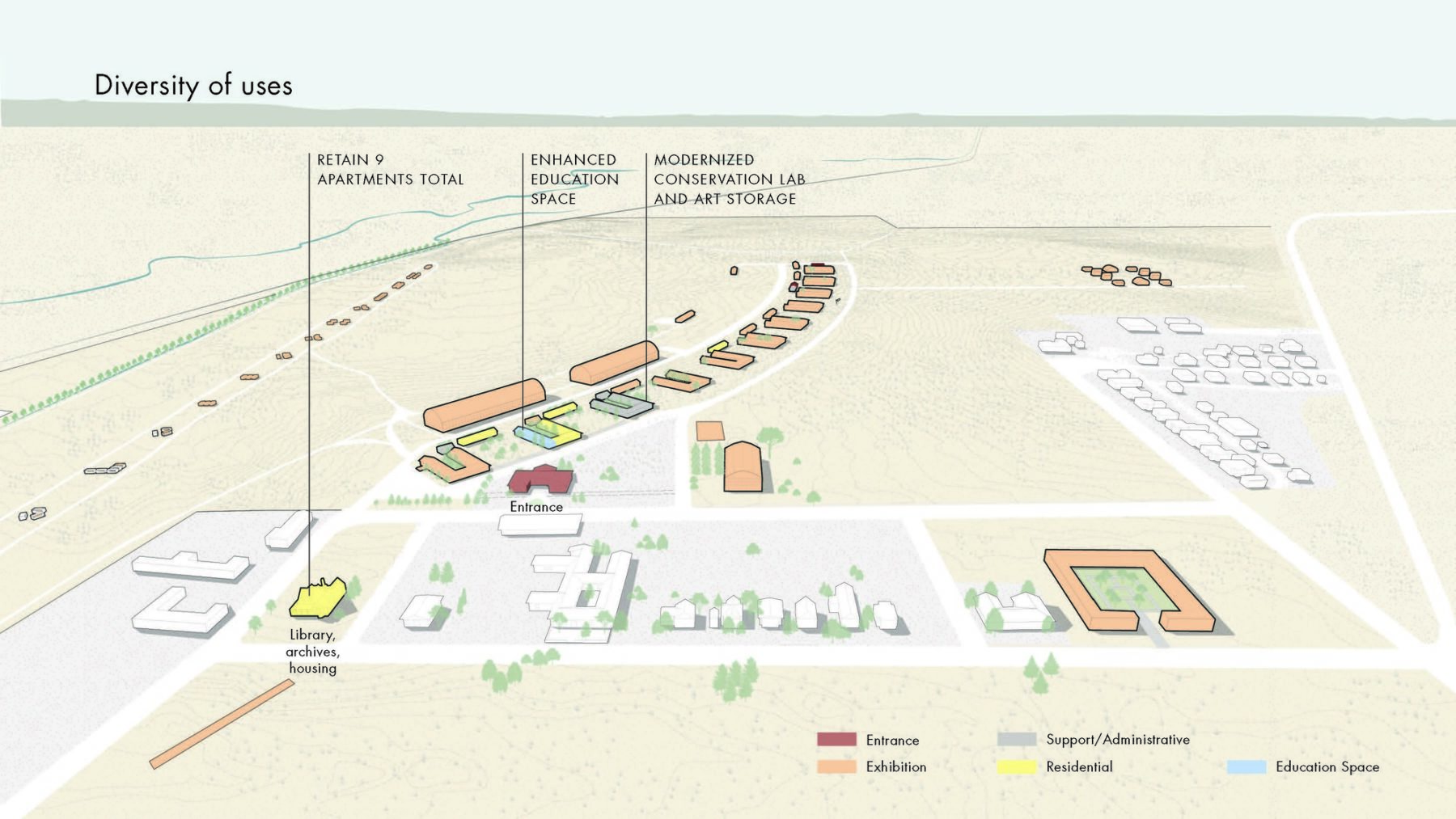
As part of the master plan process, Sasaki coordinated a larger team that included Heritage Strategies, Lady Bird Johnson Wildflower Center, Aeon Preservation, Simpson Gumpertz & Heger (SGH), and Lord Cultural Resources.
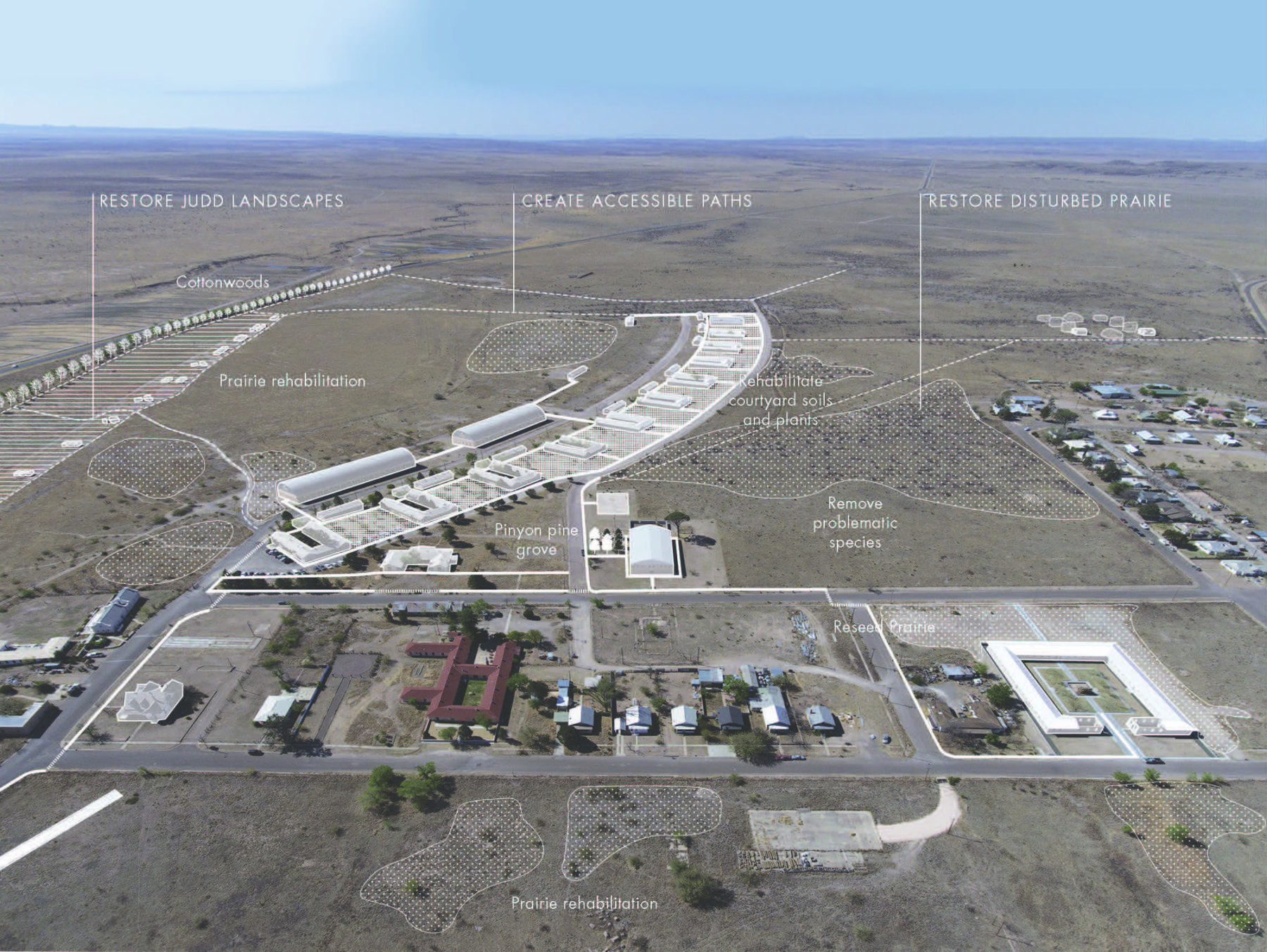
The master plan sets forth the following guidelines:
- Chinati’s initiatives will advance Donald Judd’s mission to present and maintain on a permanent basis the work of a select group of artists, with an emphasis on works that integrate art, architecture, and land.
- Donald Judd’s writings and actions as manifested at Chinati will inform decisions.
- Physical growth of the museum will be limited to existing structures or foundations in lieu of building on “undamaged land,” as Judd identified it.
- Chinati will retain the dynamic mix of artworks, programs, and residential presence that is essential to its sense of place.
- Preservation at Chinati will respect both the nature of the artists’ interventions and the visitor’s experience.
- Chinati will continue to serve its local and global communities through expanded public access to the collection, supporting programs, scholarship, and partnerships.
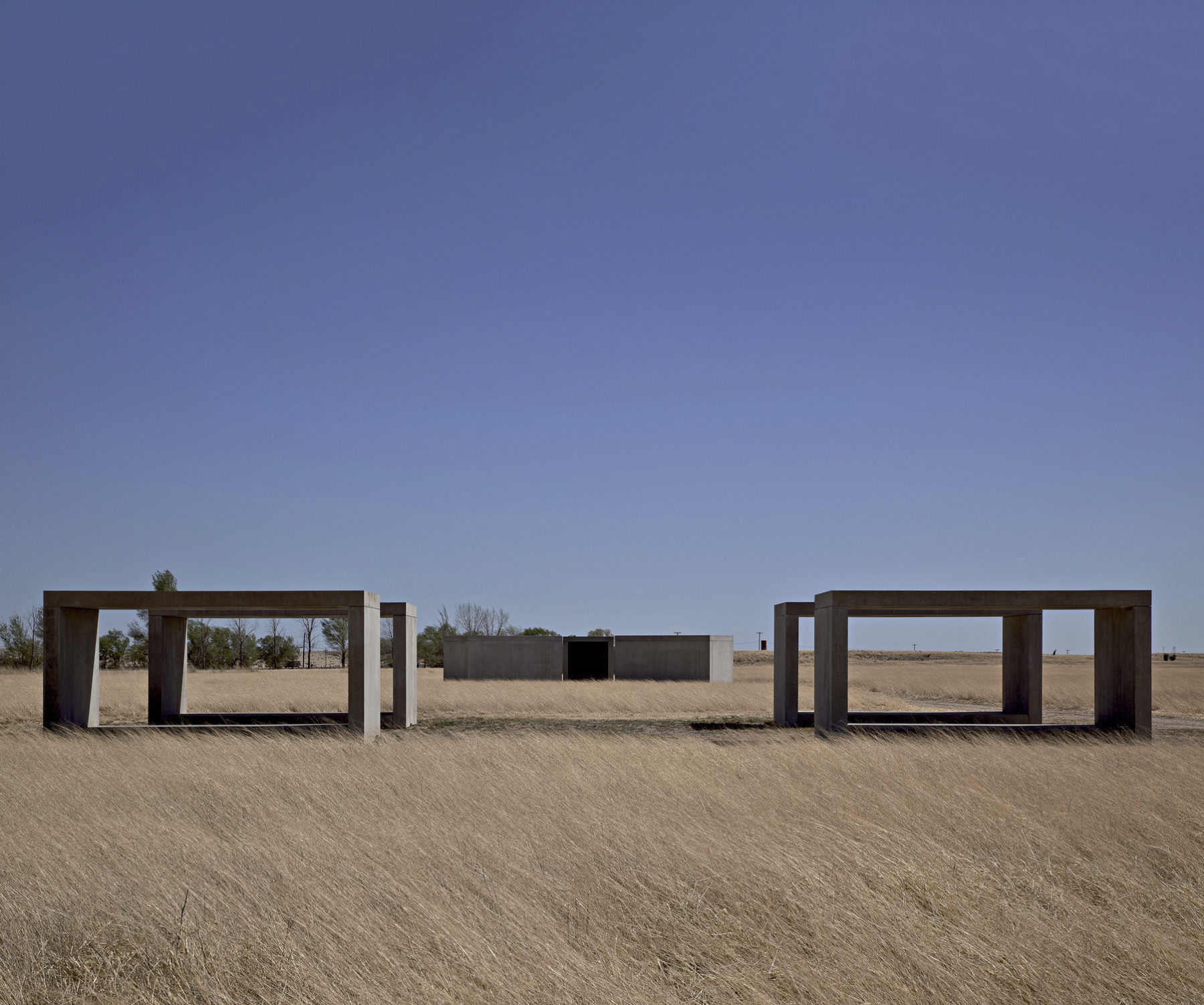
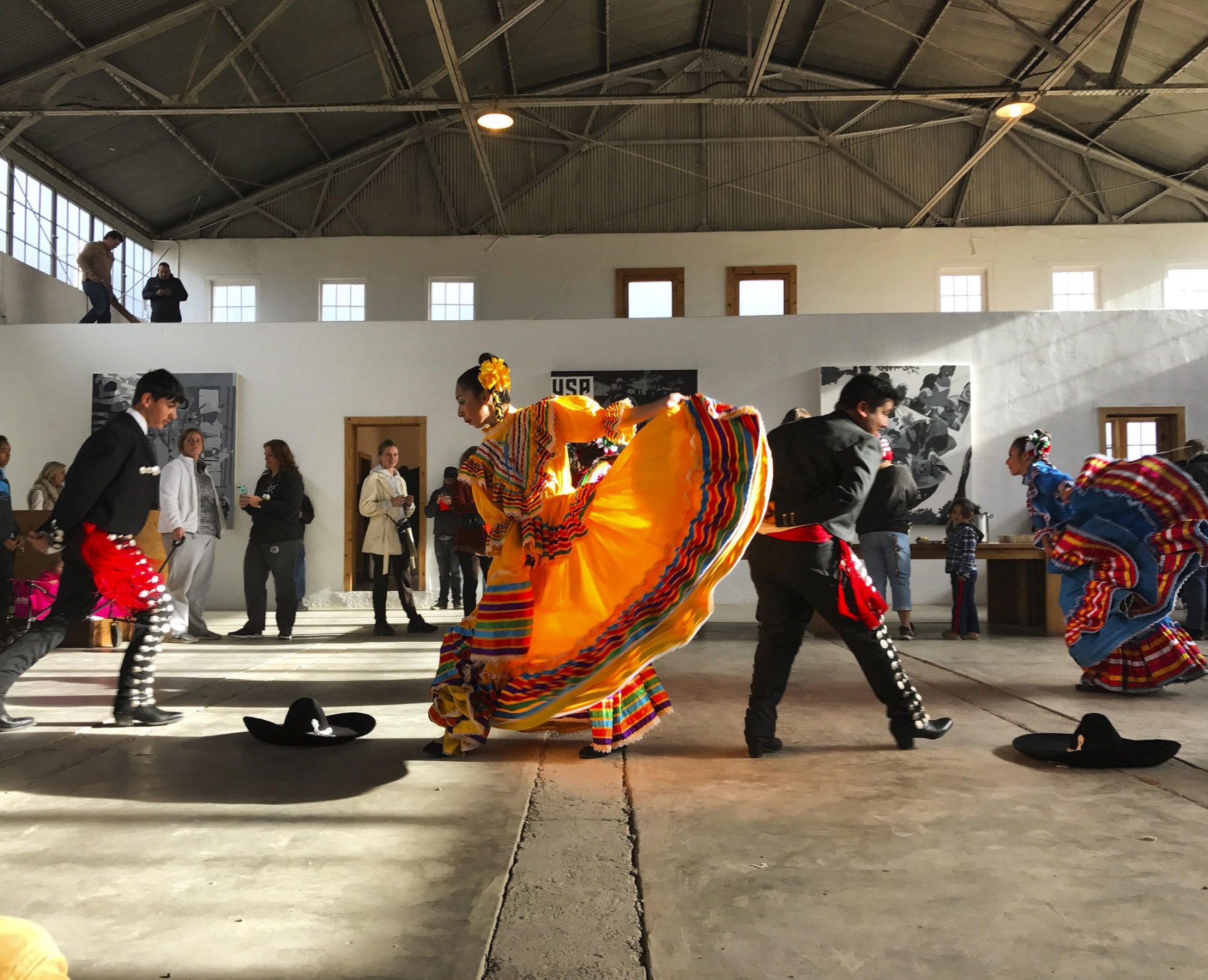
Key outcomes of the master plan are a redefined arrival and entry sequence, landscape restoration, building renovations and restorations, and the redistribution of building programs that unlocks a significant amount of space for new exhibitions and galleries. A critical component of the master plan is the identification and prioritization of projects and a 15 year multi-phase implementation strategy. Sasaki is now collaborating with the Chinati Foundation on Phase One implementation projects.
